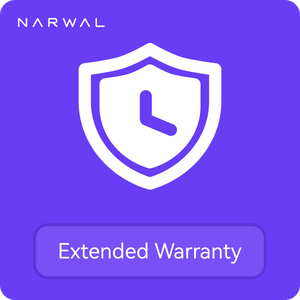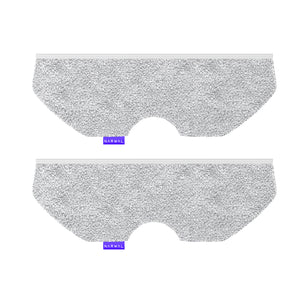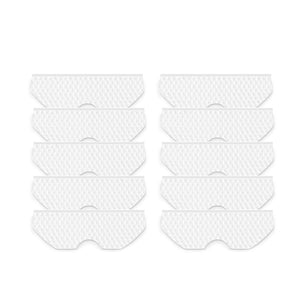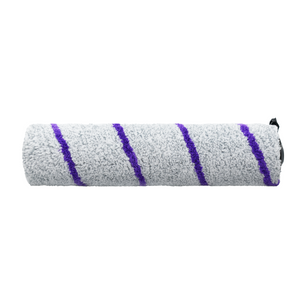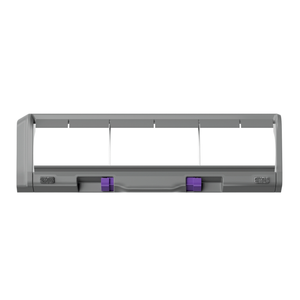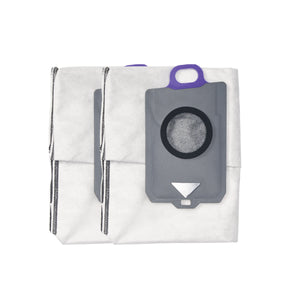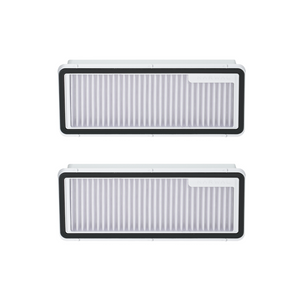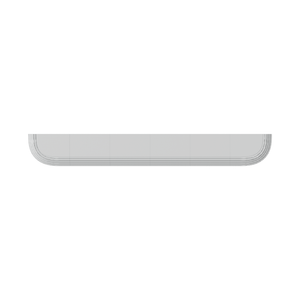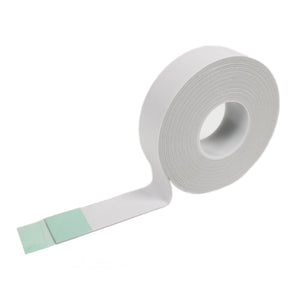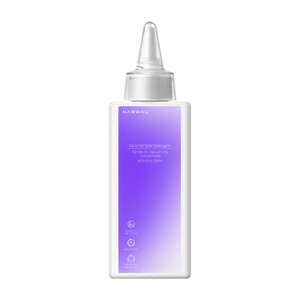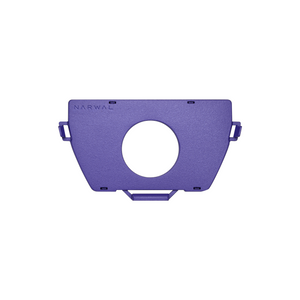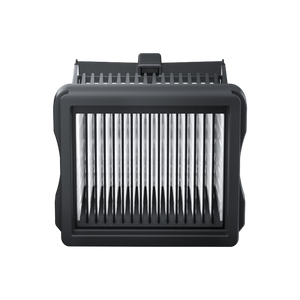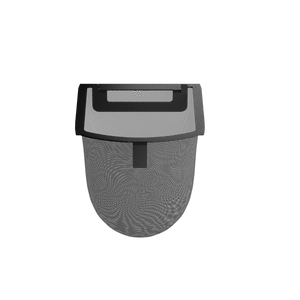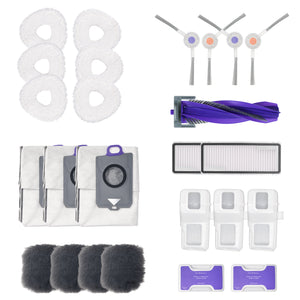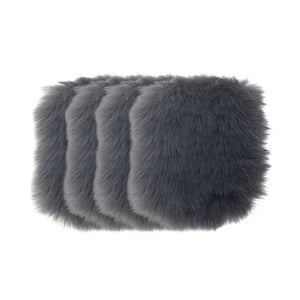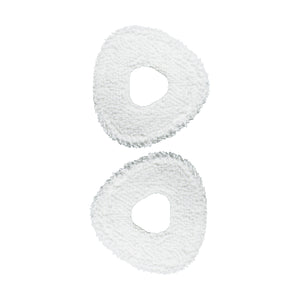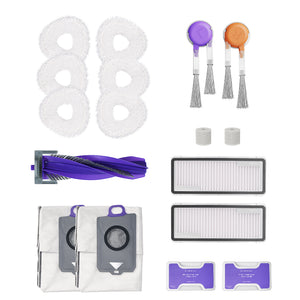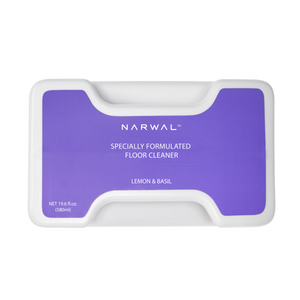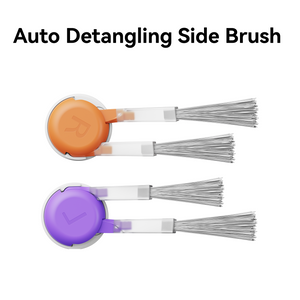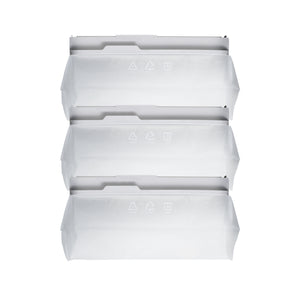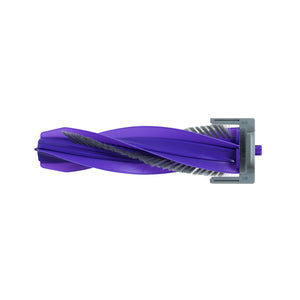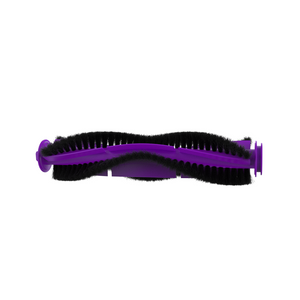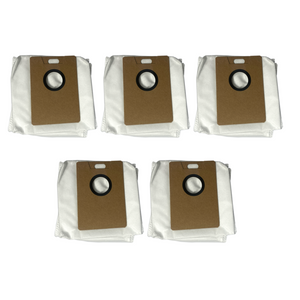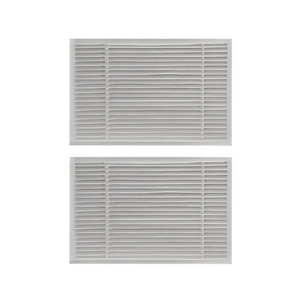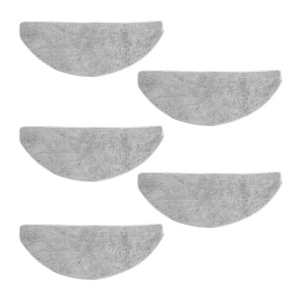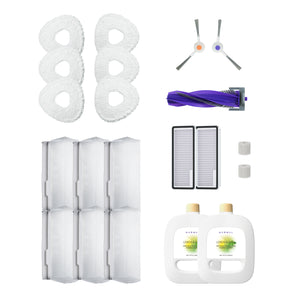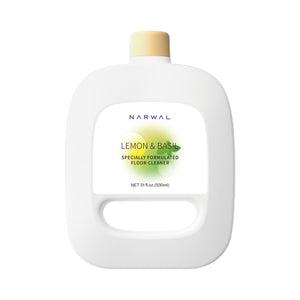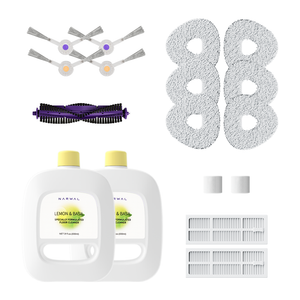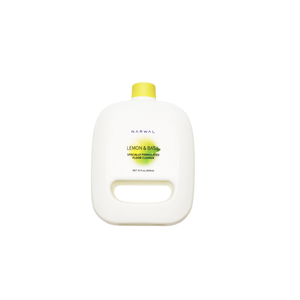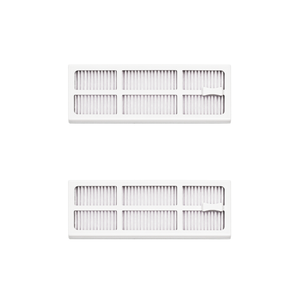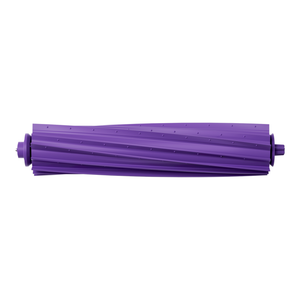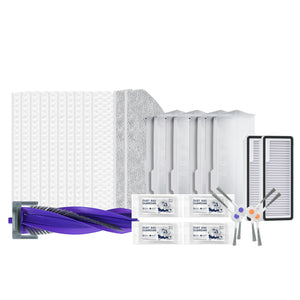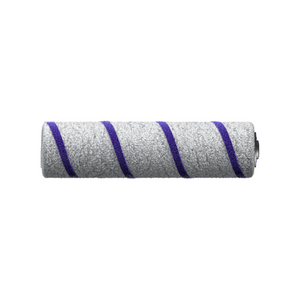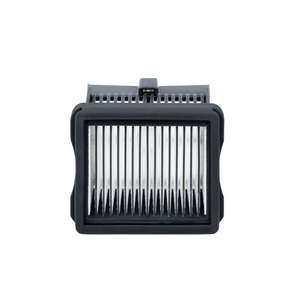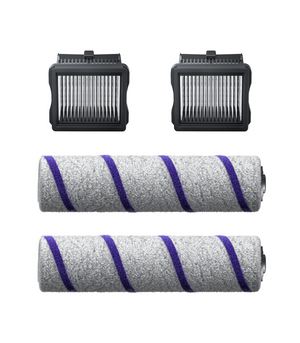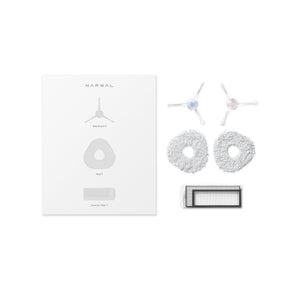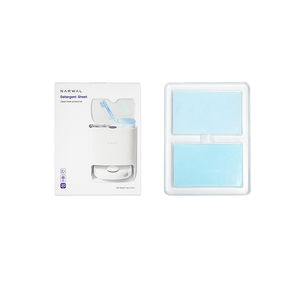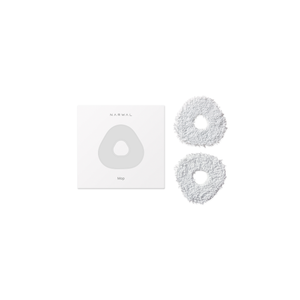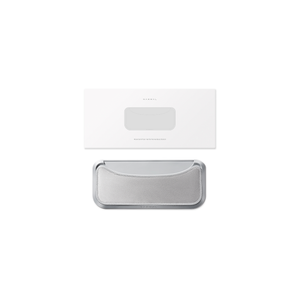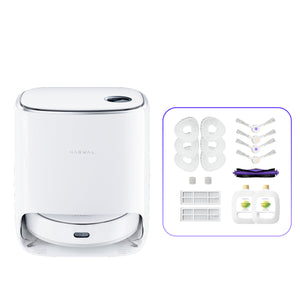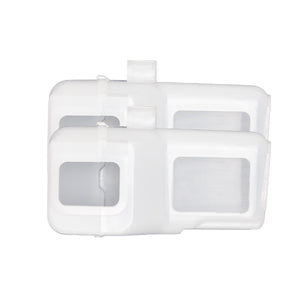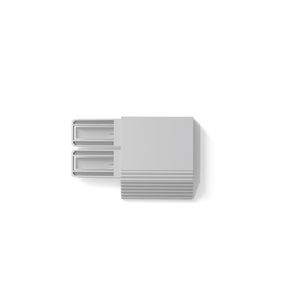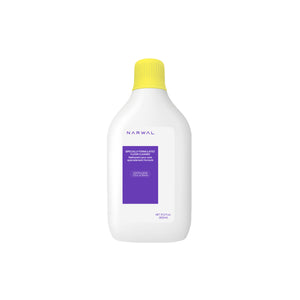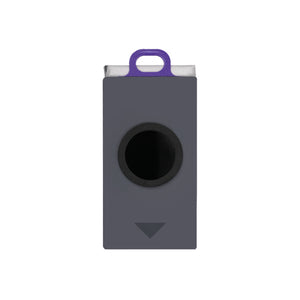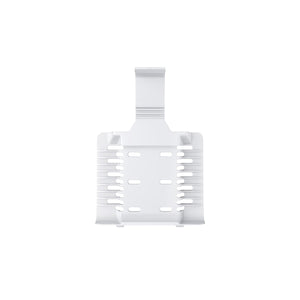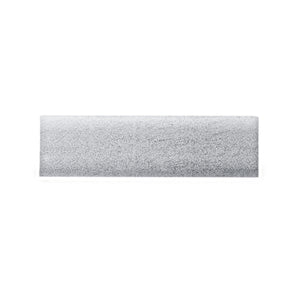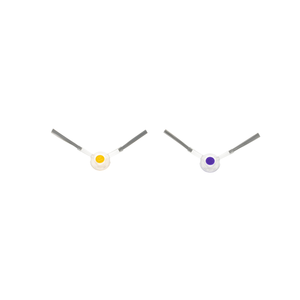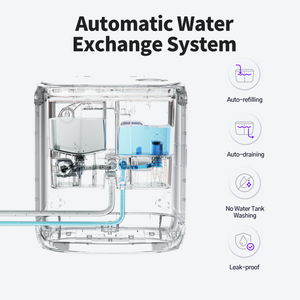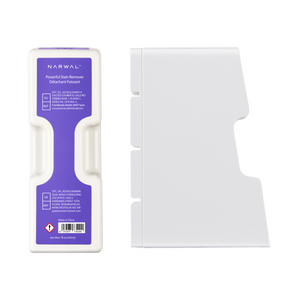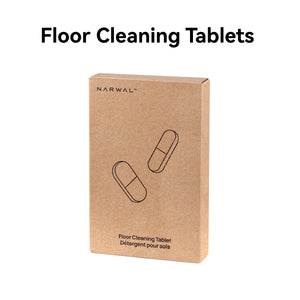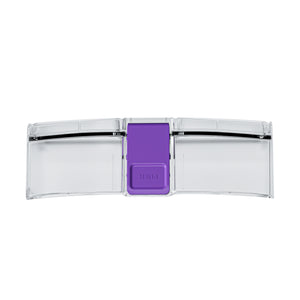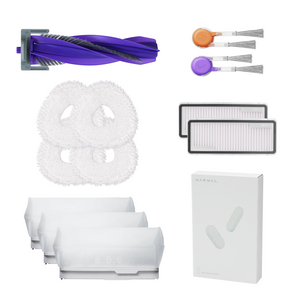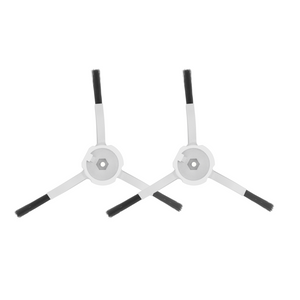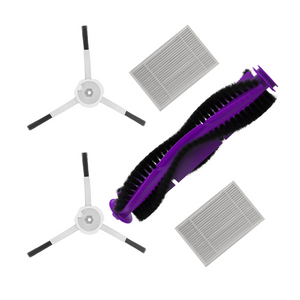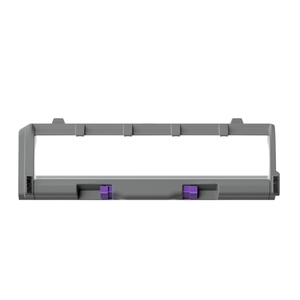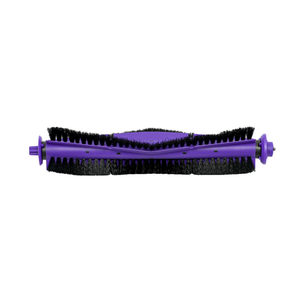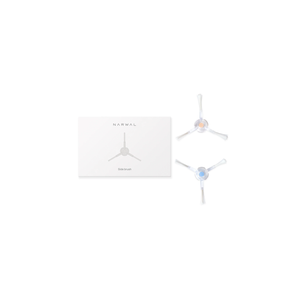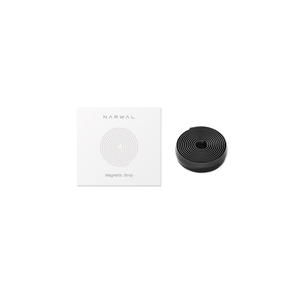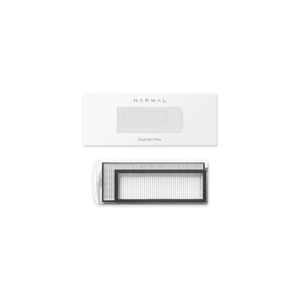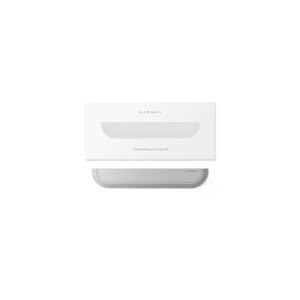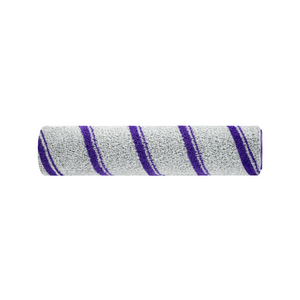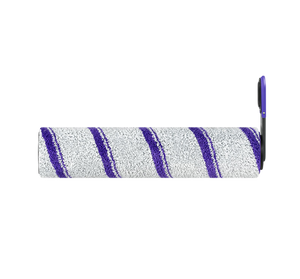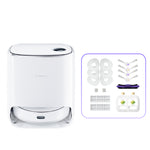If your robot vacuum keeps getting stuck under the couch or can’t reach under your bed, it’s likely too tall. A thinner robot vacuum can solve this problem by fitting into tight spaces where dust often hides.
In this guide, we start by explaining how thick most robot vacuums are and what counts as “thin.” We then pick the 5 thinnest robot vacuums that clean well without sacrificing performance. You'll also learn the pros and cons of low-profile designs.
How Thick Is a Robot Vacuum?
Most robot vacuums are around 4 inches tall. Models under 3.5 inches are typically considered “thin” or “low-profile.”
When choosing based on height, measure the clearance under your furniture. If it's less than 4 inches, you'll need a vacuum under 3.5 inches to clean those spaces reliably.
5 Best Low Profile Robot Vacuums in 2025
Finding the thinnest robot vacuum can be tricky — many slim models sacrifice suction or advanced features. Below are five of the best low profile robot vacuums in 2025, including Narwal’s latest innovations and other leading brands, balancing compact size with real performance.

1. Narwal Flow (3.7 in / Ultra Slim)
At just 3.7 inches tall, the Narwal Flow is one of the slimmest robot vacuum mop models you can buy. It combines 22,000Pa suction, FlowWash real-time mop cleaning, and TwinAI obstacle avoidance. Perfect for hardwood floors, carpets, and under low sofas.
[cta:flow-robot-vacuum-and-mop]
2. Narwal Freo Z10 (4.2 in)
The Freo Z10 is slightly taller but delivers 15,000Pa suction and MopExtend edge cleaning. Its AI DirtSense ensures no dust is left behind, while the base handles hot-water mop washing and 120-day dust storage.
[cta:narwal-freo-z10-robot-vacuum-mop]

3. Narwal Freo Z Ultra (4.3 in)
For smart adaptability, the Freo Z Ultra uses dual RGB cameras + AI chips to recognize 120+ objects and adjust cleaning in real time. With 12mm mop lifting, it’s safe for hardwood floors and carpets while delivering powerful, precise cleaning.
[cta:narwal-freo-z-ultra-robot-vacuum-mop]
4. Roborock Q5 Pro Slim (3.4 in)
One of the lowest profile robot vacuums, the Q5 Pro Slim is only 3.4 inches high. It fits tight furniture spaces and offers solid suction with multi-level mapping. However, it lacks advanced mop self-cleaning features.
5. Ecovacs DEEBOT N10 Plus (3.66 in)
At 3.66 inches tall, the DEEBOT N10 Plus balances compactness and self-emptying. It’s a reliable low profile robot vacuum option, though suction is moderate compared to Narwal Flow or Z10.

Quick Comparison of the Best Low Profile Robot Vacuums 2025
|
Model |
Height |
Suction Power |
Key Features |
|
Narwal Flow |
3.7 in |
22,000Pa |
FlowWash real-time mop cleaning, TwinAI obstacle avoidance, CarpetFocus tech |
|
Narwal Freo Z10 |
4.2 in |
15,000Pa |
MopExtend edge cleaning, AI DirtSense, 120-day auto-dust storage |
|
Narwal Freo Z Ultra |
4.3 in |
12,000Pa |
Dual RGB cameras + AI, real-time dirt recognition, 12mm mop lifting |
|
Roborock Q5 Pro Slim |
3.4 in |
~5,500Pa |
Ultra-thin design, solid navigation, no advanced mop self-cleaning |
|
Ecovacs DEEBOT N10 Plus |
3.66 in |
~4,000Pa |
Compact size, auto-empty base, affordable option |
Verdict: If your priority is the absolute slimmest height, Roborock (3.4 in) and Ecovacs (3.66 in) are strong contenders. But if you want the best low profile robot vacuum that doesn’t sacrifice suction or mop performance, Narwal Flow (3.7 in) is the top choice, followed by Narwal Freo Z10 and Z Ultra for more advanced all-in-one cleaning.
Pros and Cons of Thinnest Robot Vacuums
Choosing a low robot vacuum or slimmest vacuum robot comes with benefits and drawbacks. They excel at cleaning under low cabinets, beds, and sofas, but may have a smaller dustbin and sometimes reduced suction compared to taller units. Still, the best slimmest robot vacuum mop options balance size, power, and convenience for small space living.
Pros
-
Ideal for Low-Clearance Spaces
Thin robot vacuums can easily clean under sofas, beds, and low cabinets, areas where thicker models can’t reach. This makes them perfect for homes with low furniture.
-
Compact and Easy to Store
Due to their slim design, these vacuums take up less space, making storage easy in small apartments or homes with limited storage options.
-
Aesthetically Pleasing
The sleek design of thin robot vacuums often blends better with modern home decor, as they are less bulky and more unobtrusive compared to larger models.
Cons
-
Reduced Suction Power
The thinner design may limit the motor size, resulting in lower suction power. This can be a disadvantage for cleaning deeply embedded dirt, especially on carpets.
-
Smaller Dustbin Capacity
To maintain a slim profile, these vacuums often come with smaller dustbins, which means they need to be emptied more frequently, especially in larger homes.
-
Limited Battery Life
Some of the slimmest models have smaller batteries, leading to shorter run times compared to thicker models. This can be an issue for larger spaces or deep cleans.
-
Weaker Obstacle Avoidance
While many thin models include smart navigation, their compact sensors may not always be as advanced as those found in bulkier robots, leading to potential issues with obstacle detection or avoidance.
What Do Real Users Say About Slim Robot Vacuums?
On Reddit and Amazon reviews, buyers often share mixed experiences about choosing the slimmest robot vacuum. Some praise models like the Roborock Saros or Ecovacs DEEBOT for sliding easily under low couches, but also mention trade-offs in suction and dustbin size. Others note that very cheap “low robot vacuum” options can get stuck or leave debris behind.
By contrast, users highlight premium picks such as the Narwal Flow and Freo Z Ultra as striking the right balance — slim enough to reach under beds, but still powerful with strong suction, AI navigation, and mop-lifting features that protect floors.
The community consensus is clear: when shopping for a low profile robot vacuum, don’t just chase the lowest height. Performance and reliability matter just as much as clearance.
Are Thin Robot Vacuums Good for Carpets and Hard Floor?
Yes, many thin robot vacuums clean both carpets and hard floors effectively.
While slim models typically prioritize compactness, the best ones still deliver strong suction and advanced brush designs. On hard floors, they easily handle dust and pet hair. For carpets, performance depends on suction power and whether the vacuum has features like mop lifting or deep-cleaning paths.
If you choose a model with over 7,000Pa suction and zero-tangle brushes, even low-pile carpets can be cleaned thoroughly.
Can Slim Robot Vacuums Handle Thresholds and Obstacles?
Yes, most slim robot vacuums can cross low thresholds and avoid obstacles on their own.
Modern models come equipped with smart sensors and climbing mechanisms that allow them to move over door sills or floor transitions up to 15–20mm high. Some even use AI-powered mapping and 3D obstacle detection to spot toys, cables, and furniture legs.
However, if your home has thick rugs or high transitions, checking the vacuum’s clearance and climbing specs is important before buying.
Who Is the Smallest Robot?
The Narwal Flow is one of the most space-saving robot vacuums available today.
Unlike many models that come with bulky base stations, it uses a compact charging dock, which greatly reduces the space it takes up in your home. Despite the size, it includes powerful suction, a zero-tangle system, and automatic mop lifting. It's designed for users who want high-end cleaning without taking up much space in their home.

Choose the Thinnest Robot Vacuum Without Compromising Performance
Before you buy the lowest profile robot vacuum or any slimmest robot vacuum mop for your home, always check the balance between height and suction performance. The best-performing models blend low profile with high efficiency—look for the lowest profile robot vacuum height that still meets your daily cleaning needs.
Instead of chasing the thinnest model, it's more practical to look for a vacuum that offers both low height and reliable performance. A slightly taller device with smarter design can still clean under most furniture while delivering better results across all floor types.
If space is a concern, pay attention not just to the robot’s height, but also to the footprint of its base. A compact charging dock can save space without affecting cleaning ability.
Narwal strikes this balance well. Its robots are slim enough for most furniture, powerful enough for daily messes, and smart enough to adapt to different rooms. For users who want strong cleaning without taking up too much space, this approach simply makes more sense.
FAQs
Are robot vacuums a good choice for small apartments or studios?
Yes. Slim and compact robot vacuums are especially useful in small spaces, since they clean under low furniture and save storage space.
Can you buy robot vacuums at Costco?
Yes. Costco sells a range of robot vacuums from brands like iRobot, Shark, and Roborock, often bundled with discounts or extra filters.
Which robot vacuums avoid bumping into furniture?
Models with LiDAR or AI obstacle detection—such as Narwal Flow or Roborock Qrevo Slim—can map your home and steer clear of furniture with precision.











